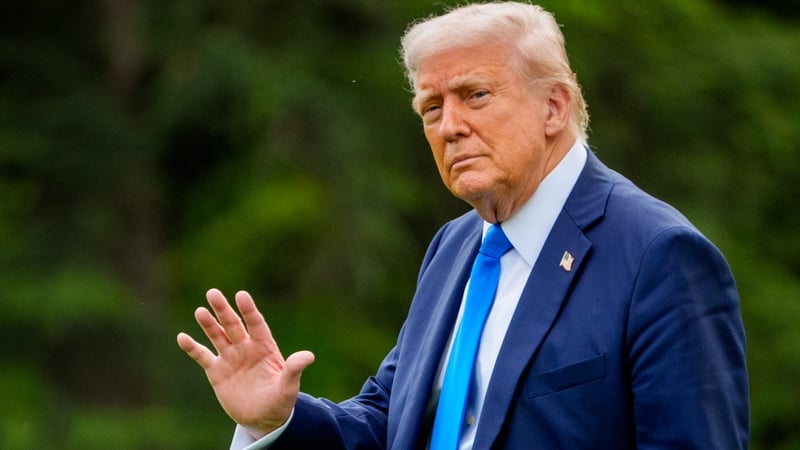The United States and China have announced a deal to cut tariffs on each other for a period of 90 days as they seek to de-escalate their ongoing trade war.
Here is a look at the key points in the 90-day agreement:
New US duties: 30%
The US agreed to reduce tariffs on Chinese goods from the additional 145% announced by President Donald Trump in April to 30% – which will still be applied on top of pre-existing duties.
The new figure includes a 20% tariff Mr Trump has imposed to pressure China to do more to fight fentanyl trafficking, which has caused an addiction crisis in the United States.
New Chinese duties: 10%
China, which had hit back at Mr Trump’s tariffs with retaliatory duties of 125% on US imports, agreed to slash them to 10%.
Each side thus agreed to cut its existing tariffs by 115 percentage points.
Read more: US and China reach deal to slash reciprocal trade tariffs
90 days
The temporary truce reached in Geneva will take effect on 14 May for a period of 90 days.
The two sides agreed to continue talks “in the spirit of mutual opening, continued communication, cooperation and mutual respect”.
Tariff spiral
The world’s top two economies had been waging an escalating war of tit-for-tat tariff measures since Mr Trump returned to the White House in January.
Mr Trump started his new term slapping additional duties of 10% on Chinese goods – soon increased to 20% – in response to China’s role in fentanyl production.
Then, announcing his “Liberation Day” tariffs on 2 April, Mr Trump slapped an additional 34% levy on Chinese goods.
When China retaliated with a 34% tariff on US goods, Mr Trump hit back, bringing the tariff to 104%.
China then upped its tariff to 84%, and Mr Trump counter-attacked with 125%.
Adding the separate fentanyl-linked tariff, total US levies on Chinese goods had risen to 145% by 10 April.




